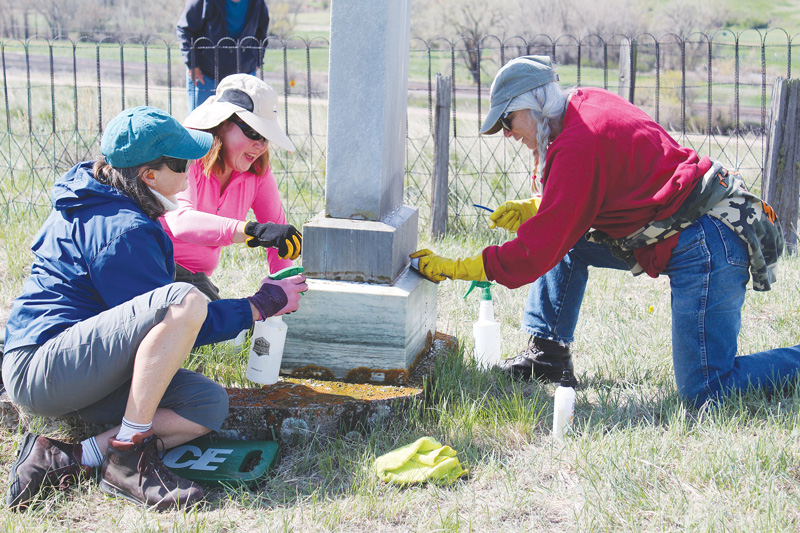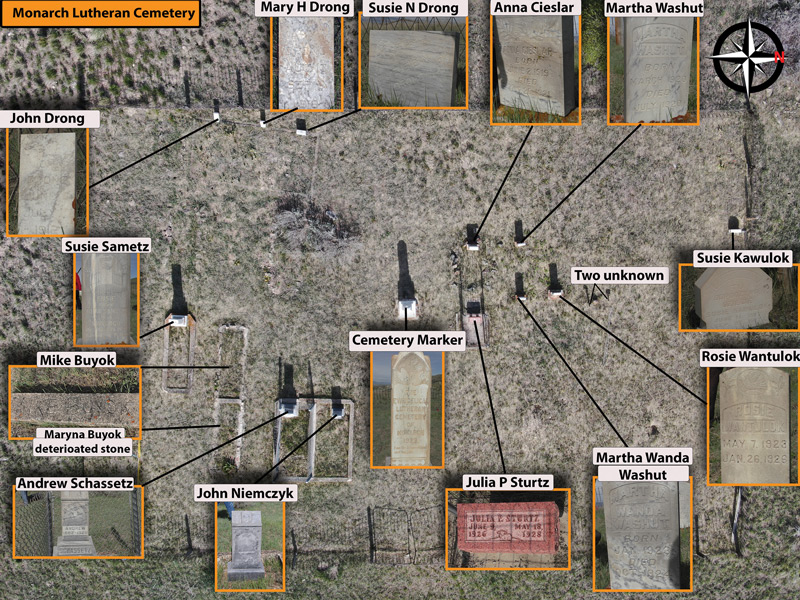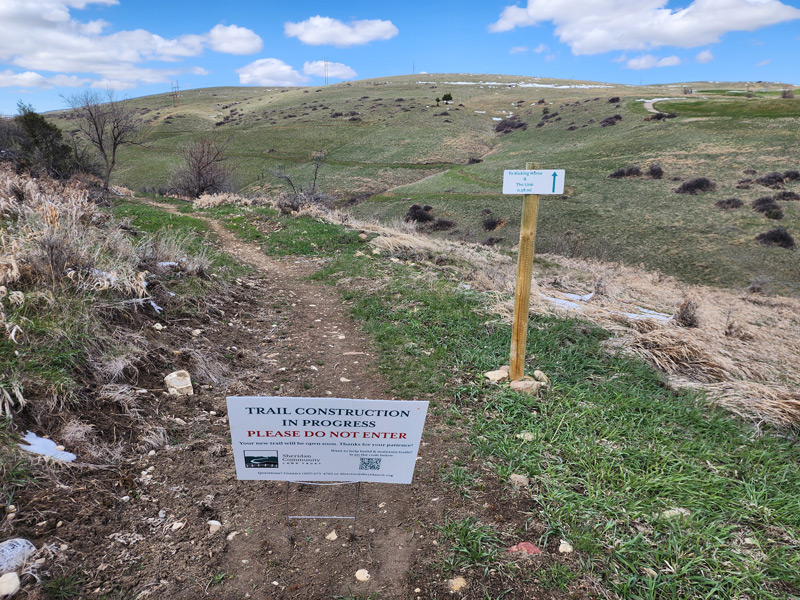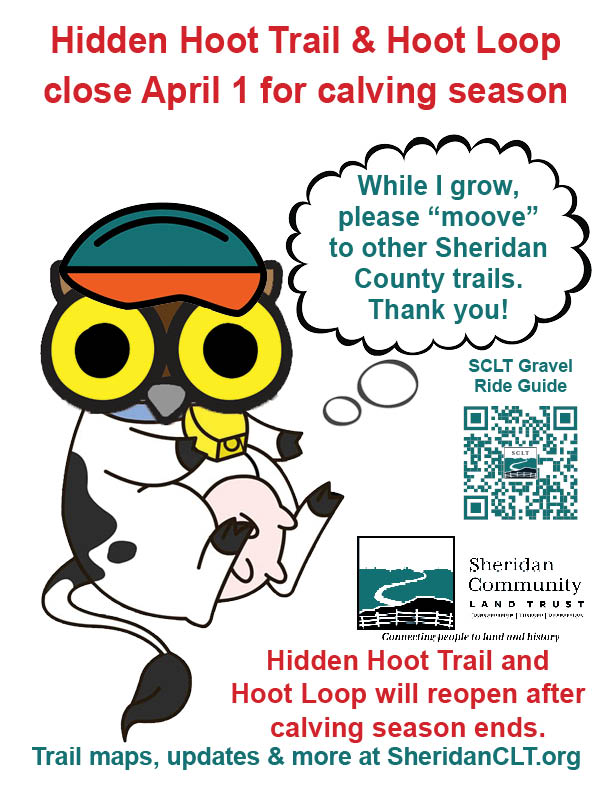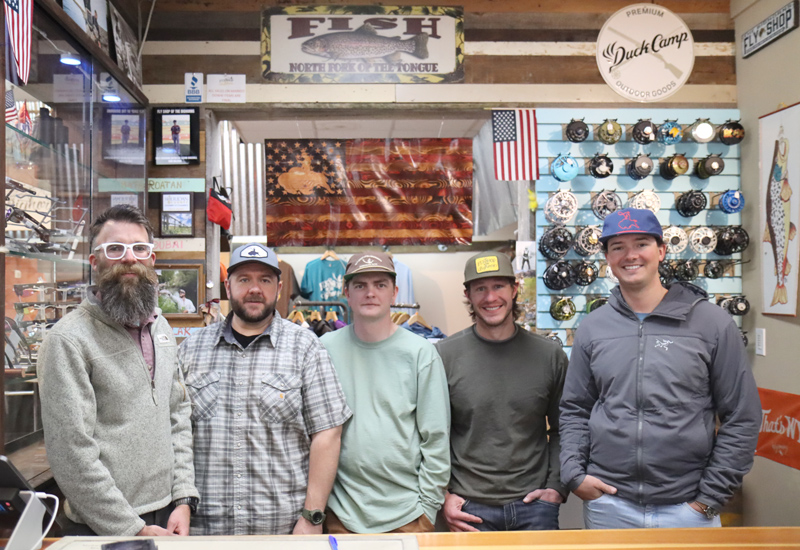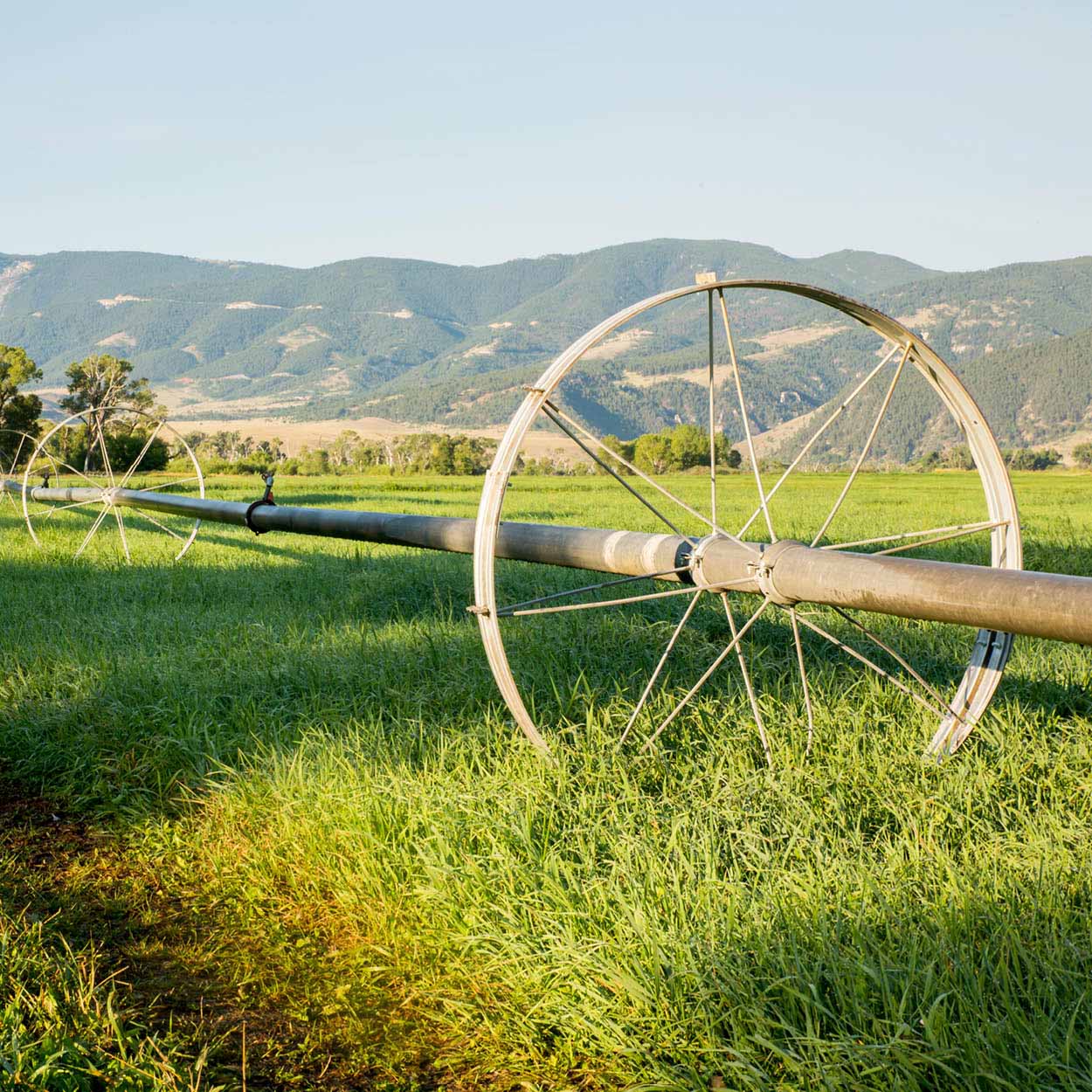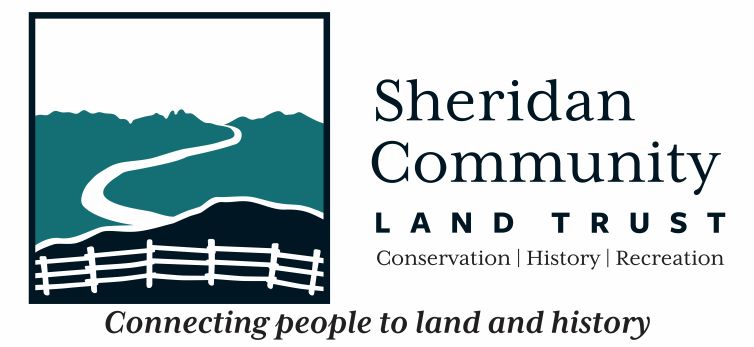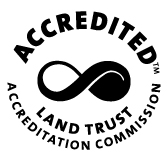There’s a certain magic in May as the foothills begin to green. Life springs renewed as verdant leaves emerge from their seasonal, sepia-toned slumber. It’s a necessary reminder that our land is as vital as it is vivacious.
As a group of volunteers provided a large load of elbow grease, life sprang from the foothills above the Tongue River renewed as the Monarch Lutheran Cemetery received some needed TLC. But cleaning markers, mending fence and clearing brush weren’t the only ways the group was helping preserve Sheridan County history – the group was also there to document gravesites, both marked and unmarked.
“After preliminary research, in the Wyoming Room and conversations with local community members, I realized there was very little documentation on this specific cemetery in the rural cemetery archive,” Carrie Edinger, Historical Program Manager, explained. “After learning this, I developed the clean-up project to include documentation methods to preserve this rural cemetery.”
To do so, Carrie enlisted the help of Kevin Knapp with Little Goose Multimedia for aerial and ground photography and volunteer Todd Wold, who created a preliminary map of unmarked graves from areas with rocks, metal markers or sunken-in ground. Those maps were used by volunteers in the field to document graves.
“This fieldwork is significant in the documentation process, because by physically notating what is being observed, this documentation becomes a resource for making maps,” Carrie said.
The work continues as Kevin creates maps of marked and unmarked graves. Meanwhile, Todd and Wyoming Room staff have been researching burial records of those who were interred at Monarch from local funeral homes. Carrie said there are more unmarked than marked graves at the site.
Now that the research and documentation is complete, the information has been provided to the Wyoming Room at the Sheridan County Fulmer Library so it is accessible to the public. It includes a compilation of funeral home records, newspaper obituaries, and death records along with gravesite maps and a list of people established with reasonable certainly to be buried at the cemetery.
“While the information and visuals of the cemetery are significant to local community members who have ties to the mines north of Sheridan, this preservation project also offers insight to broader American history relating to immigrants who came West and the challenges they faced starting a new life,” Carrie elaborated. “These challenges range from accidents to illness, which, in this time period, the Spanish flu was prevalent.”
The preservation Discovery Session was funded in part by a Wyoming Humanities Council expansion grant; additional cleaning supplies were donated by Greensky Commercial Cleaning. SCLT is grateful for the support of Padlock Ranch, which allowed our volunteers access to the cemetery for this important preservation project.
For more information about SCLT’s historic preservation efforts, visit SheridanCLT.org or email Carrie at [email protected]

